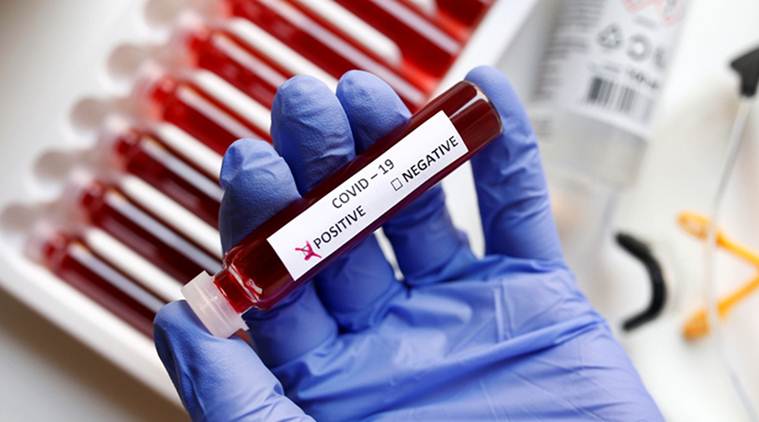 As Gujarat saw its highest single-day surge with nearly 1,000 Covid cases on Monday, Surat recorded the highest deaths, according to the state bulletin with 11 patients succumbing to the virus.(Representational)
As Gujarat saw its highest single-day surge with nearly 1,000 Covid cases on Monday, Surat recorded the highest deaths, according to the state bulletin with 11 patients succumbing to the virus.(Representational)
As Surat continues to lead in reporting the maximum number of Covid-19 cases per day since the beginning of July, an unexplained gap has emerged between Covid death figures declared by the district administration and the Surat Municipal Corporation (SMC), against those given by the state health department, the latter reporting at least 160 deaths less than the local administration as of July 16.
Since June 29, there has been a surge in cases in Surat, which overtook Ahmedabad in not only the number of positive cases, but also fatalities.
As Gujarat saw its highest single-day surge with nearly 1,000 Covid cases on Monday, Surat recorded the highest deaths, according to the state bulletin with 11 patients succumbing to the virus. The district, including SMC areas, reported 283 fresh cases, its tally nearing 10,000 cases. Gujarat’s tally now stands at more than 49,300 cases.
On comparing the data on the SMC dashboard, the daily SMC and Surat rural bulletins, with the state Covid dashboard, The Indian Express found that the state underreported 19 deaths as on June 27. Till July 16, the gap increased with the state reporting 234 deaths by then, while Surat district administration reported as many as 395 deaths, a difference of over 161 deaths.
Asked about the discrepancy, Surat Municipal Commissioner BN Pani said, “We know that there is discrepancy between the state government figures with our figures. I will check where is the lacuna.”
In an office order issued in the first week of April from the additional director of Medical Services & Medical Education & Research, Raghavendra Dixit, a structure of death audits was put in place as it was “necessary to comprehensively study aspects” surrounding the death of Covid-19 positive patients.
The order was “effective immediately”, and directed the constitution of a death audit committee in medical colleges comprising members from the departments of medicine, paediatrics, anaesthesia and community medicine. The death audit form details then had to be communicated to the district-level officers. The 33 districts and eight municipal corporation areas across the state have been divided among the death audit committees constituted in the 17 government medical colleges.
Asked how the lag stretched to over 100 deaths in the two dashboards, Health Commissioner Jaiprakash Shivahare said, “We (state) reflect data communicated to us.”
When informed that essentially Surat is reporting more than what the state is reporting, Shivahare said, “I don’t know about this, I’ll check with the district administration.”
Additional director, health, Dr Prakash Vaghela said that the state was declaring deaths by following the guidelines of Medical Certification of Cause of Death (MCCD) issued by National Centre for Disease Informatics and Research (NCDIR) under the Indian Council of Medical Research (ICMR).
According to an official, an expert committee of medical practitioners was formed, after which a decision was taken to report only the deaths where “immediate cause” is determined to be Covid-19, that is the first row of the Form 4 (to be filled for institutional deaths) or 4A (to be filled for non-institutional deaths).
Emphasising on the public health significance of recording cause of death in Covid-19 pandemic, the NCDIR document states, “…Patterns of disease and patterns of death can come from only standardised recording of clinical disease history and cause of death, and therefore, epidemiological surveillance of disease and death are important. Robust data is needed from every district and state in India to measure the public health impact of Covid-19 and to plan for timely health interventions and protect communities….”
Dixit says that the death audit conducted by the districts under the corresponding medical colleges “is considered as final and no further death audit is done by the state”.